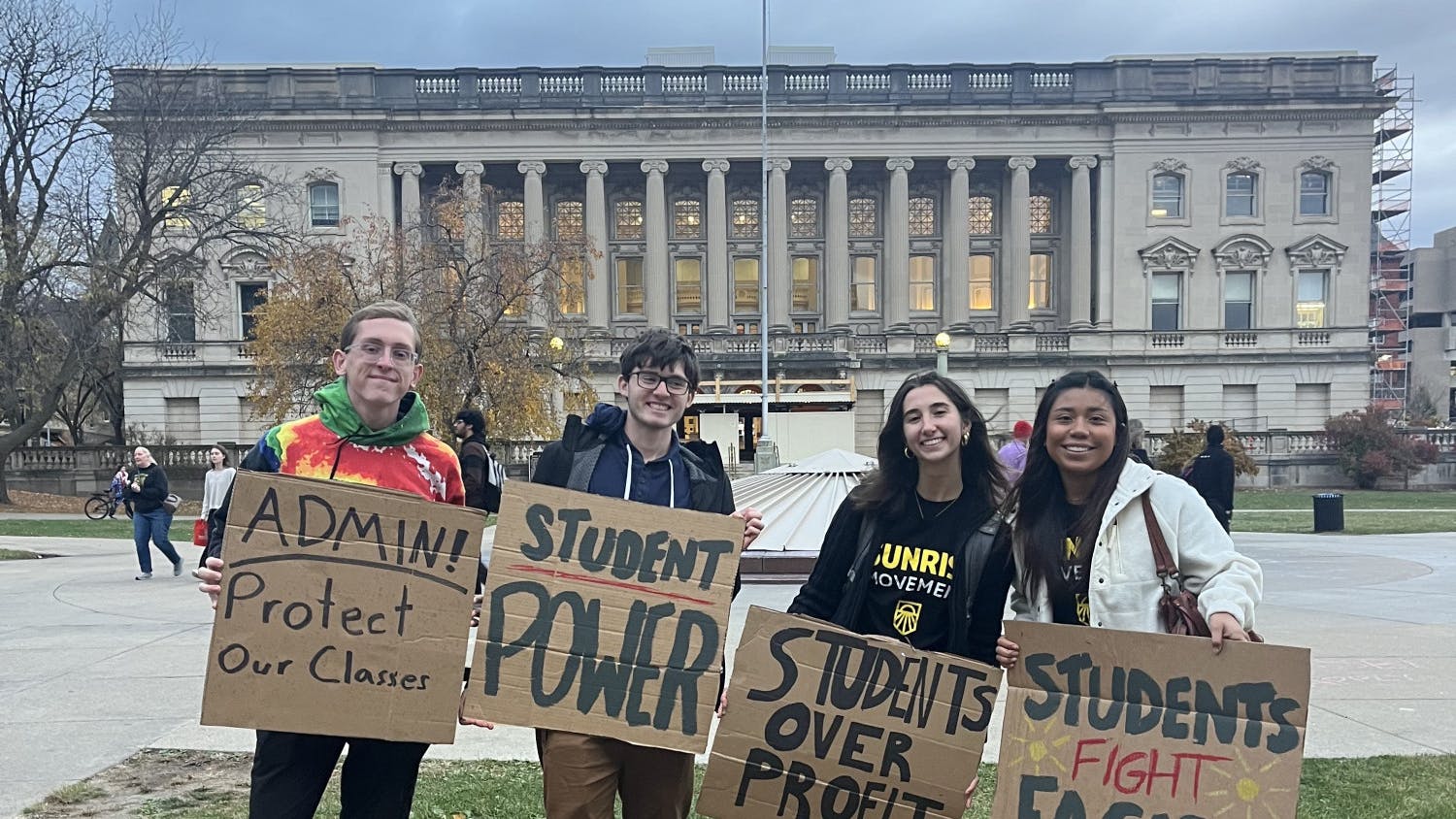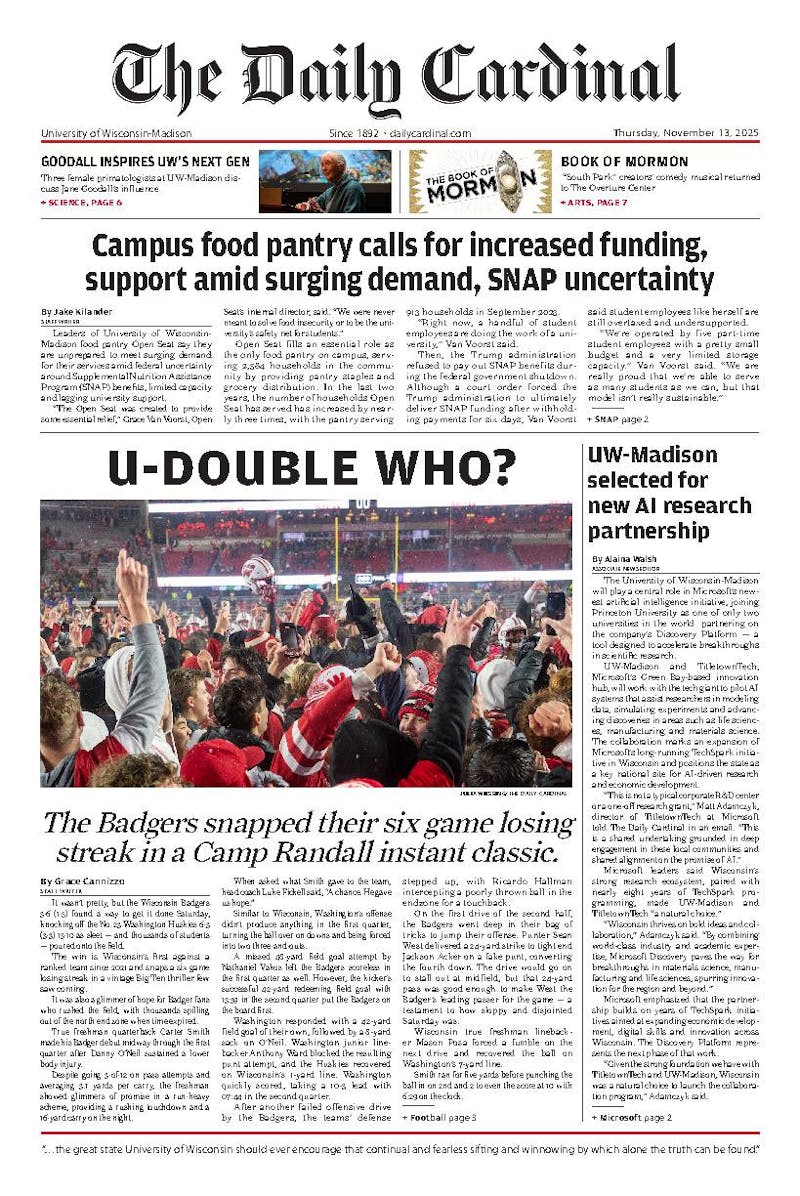The Madison Museum of Contemporary Art's Henry Street Gallery primarily exhibits works the museum has in its permanent collection. The present show, Making Visible the Invisible,"" is a spectacular array of abstract works that demonstrate the wide diversity of the abstract art style, yet illustrate the shared theme of the perception of the invisible world of ideas and emotions.
Abstract art exploded into the art world in the early 20th century, challenging the traditional methods of realistic imagery by contributing the most radical change that modern art has ever seen. It is a style of art that uses color and form to express ideas and emotions in either non-representational or simplified, reduced methods.
While the abstract artists in the show are all interpreting and illustrating their perception of the invisible world, there is a range of styles that separates each artist into different styles or dialects. Three of these dialects - geometric, gestural and biomorphic - can be seen in the show, all of which provide excellent examples of what these dialects look like and represent.
The geometric style of representation is a method that employs sharp angles, straight lines and geometric shapes. It is a style that was most commonly seen during the minimalist movement where artists reduced their work to the smallest amount of colors, lines and forms and generally rejected the need for narrative and self-expression. This style is best seen through the sculpture ""Untitled"" by the well known artist Sol LeWitt. This piece is a series of small cubes made of white rectangular sticks stacked in different heights, creating what looks like scaffolding or the interior support structure of a building.
LeWitt's piece, which is hard to read as an expression of the artist's thoughts, incorporates exactly what the minimalists were striving for. The piece is simple, a repetition of lines and geometric forms, and void of any narrative or self-expression, allowing the piece to be appreciated solely for its physical appearance.
""Cocoon,"" by Alyson Shotz, is by far the favorite of the show. It is a suspended structure that is made of clear beads strung onto wire, all of which is enclosed in a shell of magnifying plastic squares, which are stapled together creating a cylindrical form. This piece helps demonstrate the idea of biomorphic abstraction. Biomorphic art generally incorporates forms that are irregular or organic, and usually mimic or derive their shape from elements found in nature.
Shotz's piece, while made entirely of man-made materials, plastic, staples and beads, is a form that not only uses shapes found in nature but replicates an element of life, something that is completely natural. The use of man-made materials juxtaposed with the idea of nature and life creates a conflict or opposition in meaning relating to possible surrealistic elements that many biomorphic works tend to incorporate.
The entire show illustrates the differences in styles that abstract art contains and yet, exemplifies the common thread of interpretation that each work expresses. The exhibit also shows works from other great artists such as Barbara Hepworth, Alexandar Calder and Ellsworth Kelly that help add to the power and strength of this exhibit. The show can be seen in the MMoCA's Henry Street gallery until Fall 2008.






